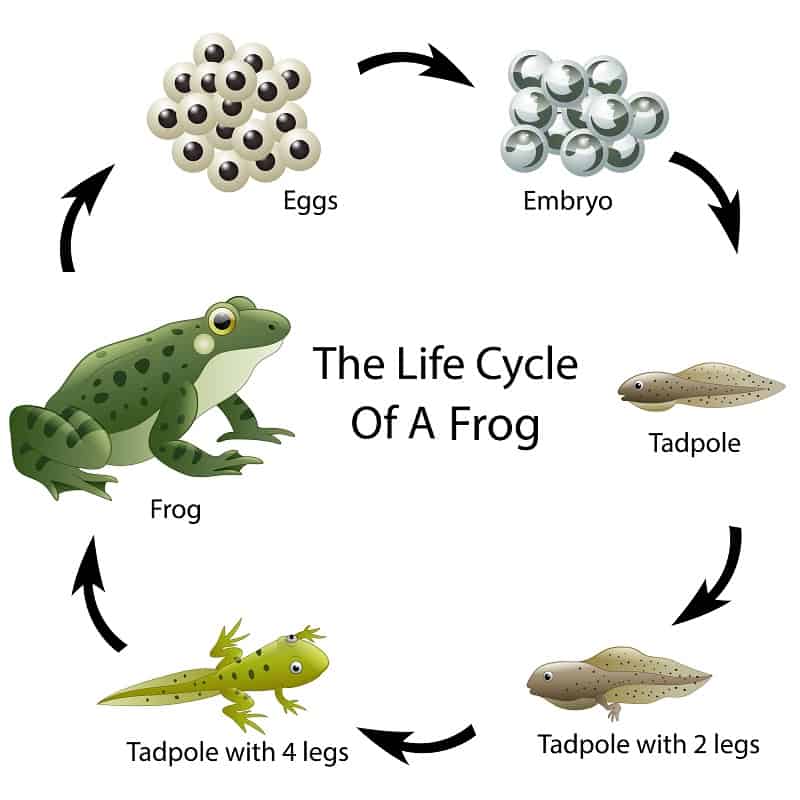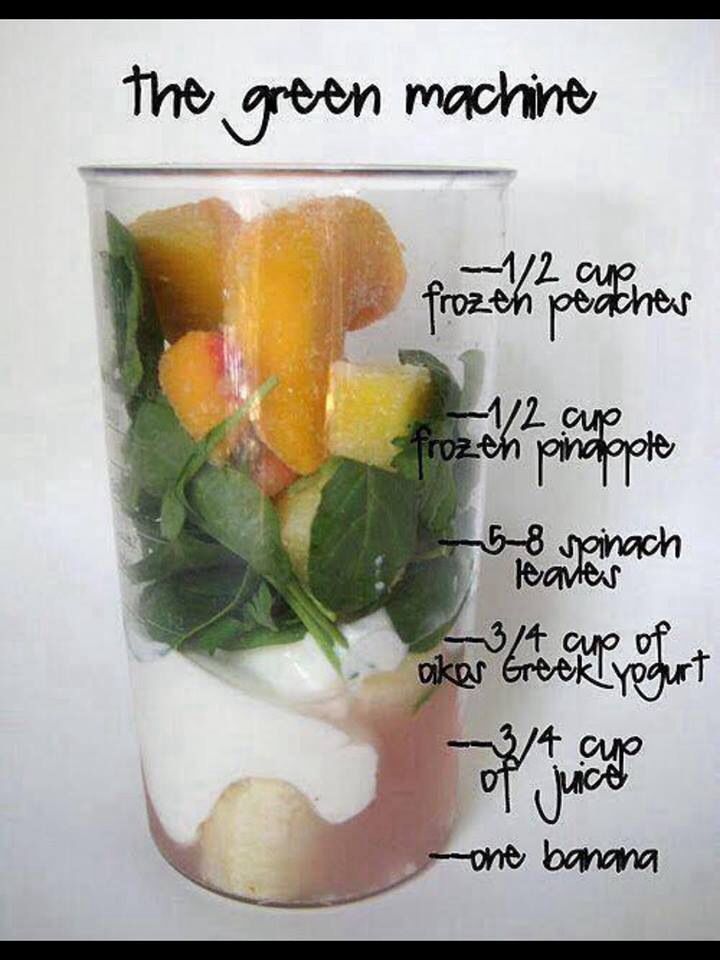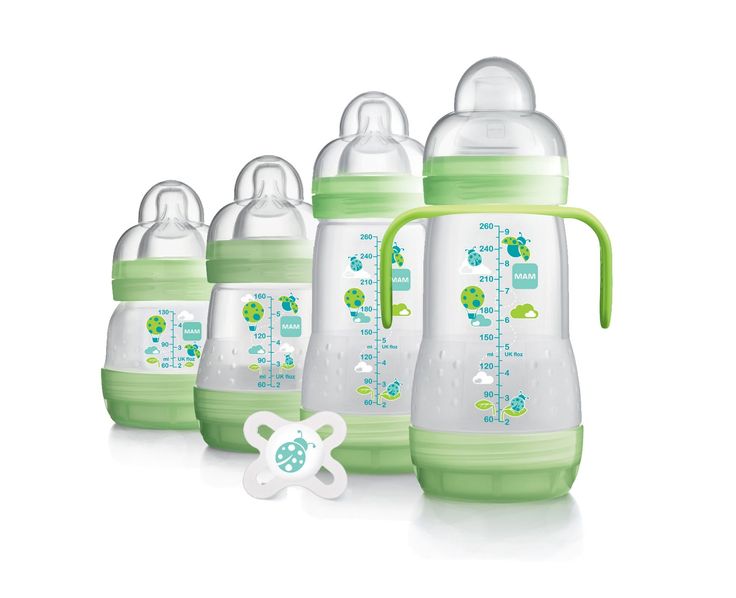Freezing fruit for baby food
Homemade Baby Food Fruits and Vegetables FAQ page. Learn about preparing fruits and vegetables for homemade baby food, find answers to common questions about Preparing, Storing and Making Homemade Baby Food from Fruit and Vegetables
1. Why do you have recipes to cook fruit?
Can I give my baby raw fruits? Many pediatric sources recommend cooking fruits until baby is about 8 months old. Bananas and avocado are an exception. For infants who start solids prior to 6 months old, cooking fruits is recommended. Cooking fruits breaks them down thus enabling easier digestion in an immature tummy.An older baby will be better able to handle the fibers and sugars of raw fruits than will the baby who is younger and just starting on solids.The “skins” of the fruits should always be peeled, especially prior to 8 months old. Infants who are fed fruits that have been pureed raw, with skin/peel on, may not have any issues with digesting those fruits. There are no immediate life threatening health risk to a baby fed raw fruits however, you may find baby has some digestion and tummy troubles. This should pass once the fruit itself has been passed.Depending on the doctor to whom you are speaking, this recommendation may vary with age. Some doctors may say cooking fruits is not necessary at all.
NOTE: Peeled raw & ripe fruits are perfectly fine in a baby safe feeder. Why? The amount of fruit that your baby will actually manage to eat from the Baby Safe Feeder is very small. There is a difference between spoon feeding a baby fruit and allowing a baby to suck on fruit from the Feeder.
2. Peeling Fruits & Veggies – Do I peel fruits & veggies for homemade baby food?
Please visit our Peeling Fruits & Veggies page to learn more
3. Fresh Frozen or Canned vegetables and fruits for baby food?
It is always best to use Fresh whenever possible and whenever fresh is truly fresh. Using Frozen foods is the second best choice. Caveat: read the labels as many frozen vegetables contain added salt and frozen fruits may contain syrups.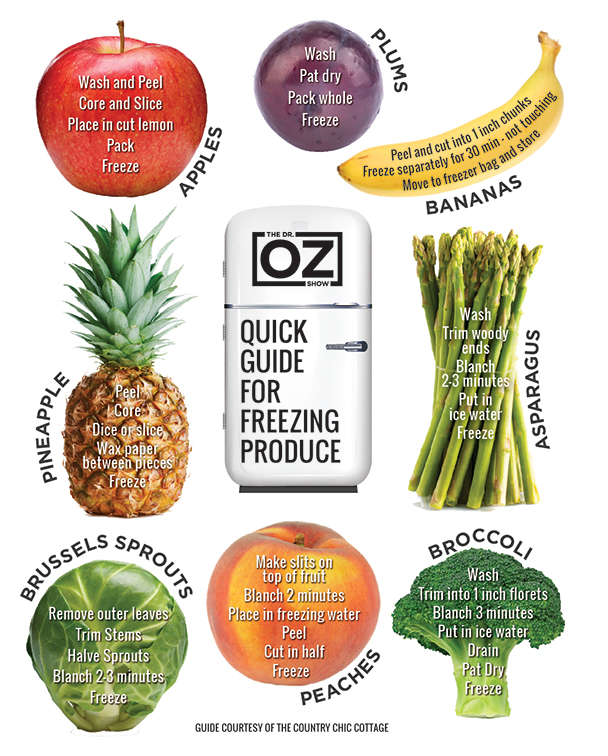
Why Not Canned Fruits and Vegetables for use in Homemade Baby Food Recipes? Canned vegetables and fruits for making homemade baby foods are not recommended for several reasons. Please read our Using Canned Food for Homemade Baby Food article to learn more.
4. Can I use Frozen Vegetables or Frozen Fruits in Homemade Baby Food Puree Form?
Yes – You can use frozen fruits and vegetables to make your homemade baby food recipes. Frozen fruits and vegetables for making homemade baby food may be a better alternative than fresh. Frozen fruits and veggies may be more fresh than fresh. Many sources and food authorities say that oftentimes frozen foods are more “fresh” than fresh. Were you to have the choice between a soft, bruised and less than Fresh acorn squash versus frozen squash to make homemade baby food, the choice for many people would be to purchase the Frozen squash.
Further, many fruits and vegetables that are seasonal may be unavailable as fresh and using their frozen counterparts is acceptable.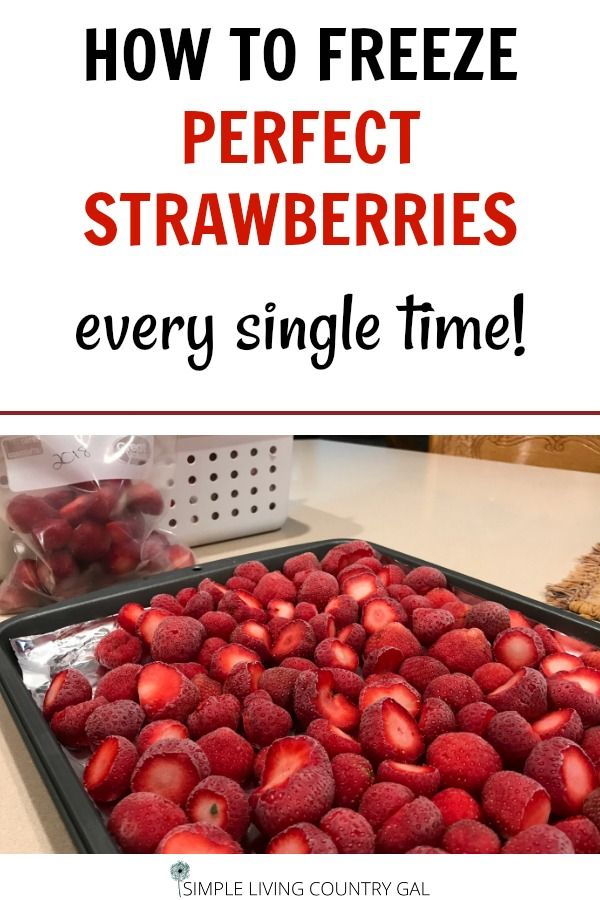 There is some debate about using Frozen foods to make baby food. There are a few books that do not recommend using frozen foods and then re-freezing those veggies or fruits. The recommendation in those books advocate that only 100% fresh foods be used for homemade baby foods.
There is some debate about using Frozen foods to make baby food. There are a few books that do not recommend using frozen foods and then re-freezing those veggies or fruits. The recommendation in those books advocate that only 100% fresh foods be used for homemade baby foods.
Oftentimes, those same books will recommend that only Organic foods should be used and that anything other than Organic and Fresh isn’t good and should be avoided entirely. This is untrue and sadly, often scares parents away from making their own baby food.
In a “perfect” situation, Organic and Fresh this is the BEST choice by far. However, there are many parents who do not and will not have economical or logistical access to only fresh fruits and vegetables (or Organic, locally farmed meats) than there are parents who do. In this instance, using frozen is far better than using canned.
5. Choosing Frozen Vegetables and Frozen Fruits for Homemade Baby Food
When choosing frozen veggies, look for those that contain no salt.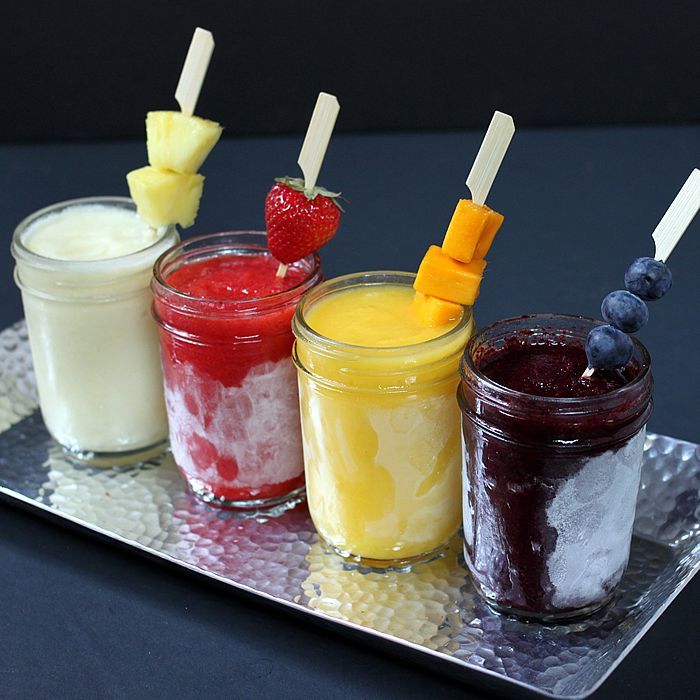 If you cannot find any veggies that are salt-free, simply give the veggies a good rinsing prior to cooking them. When choosing frozen fruits, try to find those that are not frozen in syrups or other sugars.
If you cannot find any veggies that are salt-free, simply give the veggies a good rinsing prior to cooking them. When choosing frozen fruits, try to find those that are not frozen in syrups or other sugars.
There many fruits such as peaches, melons, avocado, blueberries and strawberries that are frozen “au natural” with citric or ascorbic acid being a possible additive. Frozen fruits should be cooked prior to pureeing and then freezing. You may wither steam or bake the fruits. If your baby is old enough to be served fruits that do not need to be cooked, take out the appropriate amount of fruits from the freezer bag, puree or mash and then store in the fridge for up to 72 hours.
ALWAYS ensure that you are not feeding baby directly from the bowl and then storing the bowl you fed from back in the fridge – take out the portion you will feed, put it into baby’s bowl and then put the bowl of food back into the fridge.
More about using Frozen Vegetables and Frozen Fruits for Homemade Baby Food
Do I cook the frozen fruits and veggies?
Frozen veggies/fruits are typically NOT cooked prior to freezing and packaging; hence why you have to cook and not just warm them. When you freeze purees that you have made from frozen veggies or fruits, you have cooked those veggies/fruits. Odds are that prior to freezing, those same foods have been picked at the peak of freshness and “flash” frozen for optimal taste and nutrient preservation.
When you freeze purees that you have made from frozen veggies or fruits, you have cooked those veggies/fruits. Odds are that prior to freezing, those same foods have been picked at the peak of freshness and “flash” frozen for optimal taste and nutrient preservation.
It’s safe to freeze foods that have been frozen AND cooked
Refreezing foods that have been thawed but not cooked, is not safe nor is it recommended.
For example, if you thaw out a roast, you then cook it and freeze the leftovers for another meal – this is ok and safe. If you were to thaw that same roast and then change your mind and toss it back in the freezer without cooking it, this is bad and could pose a health risk.
Bacteria will grow at a variety of different temperatures – temps close to freezing and even right to the boiling point of water. Bacteria that grow best at the middle of these temp ranges are mesophiles; those that are human pathogens and opportunists.
Is there a loss of nutrients with freezing?
Truth is, more nutrients are lost in the cooking of foods than are lost in the freezing of foods. Remember, the frozen fruits/veggies that you purchase have not been precooked (unless otherwise indicated on the label – do not buy these types if you find them). When you cook the frozen vegetable, it is the first time that that vegetable has been cooked.
Remember, the frozen fruits/veggies that you purchase have not been precooked (unless otherwise indicated on the label – do not buy these types if you find them). When you cook the frozen vegetable, it is the first time that that vegetable has been cooked.
Read more at our Freezing Homemade Baby Food Page
6. Should I Only Use Organic Foods?
Organic foods are healthier than most conventionally grown foods. This is due to the lack of, or a significant reduction in, chemicals and pesticides that are in and on foods that are grown organically. Buying and preparing Organic foods for homemade baby food has great health advantages for those infants. Their tiny bodies are not exposed to the levels of pesticides that are found in conventional foods.Pound for pound, an infant consumes more pesticides due to body size. When serving “nitrate” vegetables, the levels of nitrates in Organics are significantly reduced though not 100 percent eradicated (Nitrates are naturally occurring and farming without using nitrogen fertilizers does not eliminate nitrate concentration).
Read More about Choosing Organics
7. How Long Can I Keep Fruit & Vegetable Baby Food Purees in the Refrigerator?
It is recommended that fresh pureed homemade baby food be stored no longer than 48 hours (many food safety authorities say that 72 hour is fine.) in the refrigerator. This limit ensures that bacteria growth in the puree is kept to a minimum and that the food does not take on the “taste of the fridge”. This “rule” applies for veggies, fruits, meats etc.
If you do not plan to freeze your homemade baby food, we would suggest that you make the puree on a day to day, or every other day, basis. For example, one sweet potato may be baked and then you may freeze one half without pureeing it and then puree the other half. This method will help cut down “waste” and also allow for food safety.
8. Breast Milk and Formula for Making Fruit & Vegetable Purees
You should not use Previously Frozen Breast Milk to thin purées that you will then be freezing into baby food cubes.
Breast Milk should never be re-frozen in any way or form. Using formula to thin and then freeze purées is acceptable.
Formula companies warn that you do not freeze Infant Formula due to a separation of the formula and not due to any health or nutritional risks. Keep in mind that the amount of formula used in purées is not equal to feeding an infant a bottle of formula.
“Freezing of any Enfamil formula is NOT recommended. Freezing infant formula can lead to physical property changes like fat separation, which may prove difficult for sensitive infants to digest. Freezing will not extend the expiration date of the formula.” “Freezing of our products may cause loss of desirable appearance and functionality (though not nutrition), and is not recommended.” Clinical Frequently Asked Questions, Storing Enfamil
You may wish to mash or puree your baby foods and freeze without thinning with any liquid. Should you decide to do this, you simply thaw the “un-thinned” food cubes and then thin the food cubes to the desired texture that your infant requires.
For more information, visit our Blog topic on using Formula in Baby Food Recipes
9. Best Cooking Methods for Fruit & Vegetable Purees
Baking, steaming or boiling in scant amounts of water is the best way to allow the vegetables to become soft while maintaining the nutrients. Use the leftover water to puree for optimal nutrient preservation. We prefer to bake fruits and veggies whenever possible as baking or roasting will enhance and bring out the flavor of the foods.
Be sure to cook frozen veggies as well, according to the package instructions and then puree as you would if you were using fresh veggies. When cooking vegetables that may contain nitrates, you might want to puree with water other than which the spinach/carrot/broccoli etc. was cooked in.
10. When do I Thin the Fruit & Vegetable Puree?
You may thin your purees either before or after freezing them. It really is an individual choice and is dependant on what you will be using as your liquid (previously frozen breast milk for example should never be re-frozen. ), many parents find it easier to thin their purees and then freeze. When baby moves on to more texture, it may be easier to simply freeze the purees and then thin upon thawing if needed.
), many parents find it easier to thin their purees and then freeze. When baby moves on to more texture, it may be easier to simply freeze the purees and then thin upon thawing if needed.
Read about Thinning and Thickening Homemade Baby Food
RELATED ARTICLES:
-
Transitioning to Sippy Cups between ages 6 months to 12 months.
-
Solid Food Stages & Feeding First SolidsMonth Range of Feeding Stages & Tips for Feeding First Solid Foods.
-
Introducing Solid Foods by Age Chart for information about what food to avoid and what foods are appropriate for certain ages.
-
How Much Food Should Your Baby Eat? Read our article and ease your mind.
-
Is My Baby Ready for Solids? Explore some key signs and points about the readiness for solid, complementary feedings.

Remember, always consult with your pediatrician regarding introducing solid foods to your baby and specifically discuss any foods that may pose allergy risks for your baby.
SHARE ON FACEBOOK SHARE ON PINTEREST
Fruit Ice Cubes: Freezing Fruit for Smoothies or Baby Food
// by Tracy Ariza, DDS // I may receive a commission if you purchase through links in this post. Learn more here.
Making fruit ice cubes for smoothies and homemade baby food is the best way to freeze excess fruit so it doesn’t take up excess room in your freezer!
Pin this post for later!
I love smoothies for both me and for my son. I’ve found that one of the best ways to easily get him to eat some fruit, veggies, and healthy proteins, is with a fruit smoothie! One of his favorites is a smoothie that I like to call the Popeye smoothie for kids.
I’ll give you my tips for making the perfect smoothie below the recipe!
Conserving Fruits in Season
Not all of our favorite fruits are available at all times of the year, so I like to take advantage of when fruits are in season, and buying in bulk. I then freeze them to have the fruits available all year. Not only is a great way to always have your favorite fruits available, but it helps save a lot of money. Fruits are always a lot more expensive when they aren’t in season.
I then freeze them to have the fruits available all year. Not only is a great way to always have your favorite fruits available, but it helps save a lot of money. Fruits are always a lot more expensive when they aren’t in season.
Making Fruit ice cubes for smoothies or homemade baby food
When you need to freeze a lot of fruit, but don’t have a lot of free space in your freezer, it’s important to find the best ways to maximize your space. I think I’ve found the best way to effectively freeze fruit so that it doesn’t waste space, and keeps really well.
This all began after I had a bunch of leftover homemade baby food in my freezer. I never bought my son canned baby food. Well, actually I did a couple of times in “emergency” situations, but he refused to eat them. Comparing the homemade food with the canned stuff, I have to say that I don’t blame him.
To always have a supply of baby food available, I ended up pureeing fruits in large batches, and then freezing it in ice cube trays to have convenient amounts ready to defrost and serve as needed.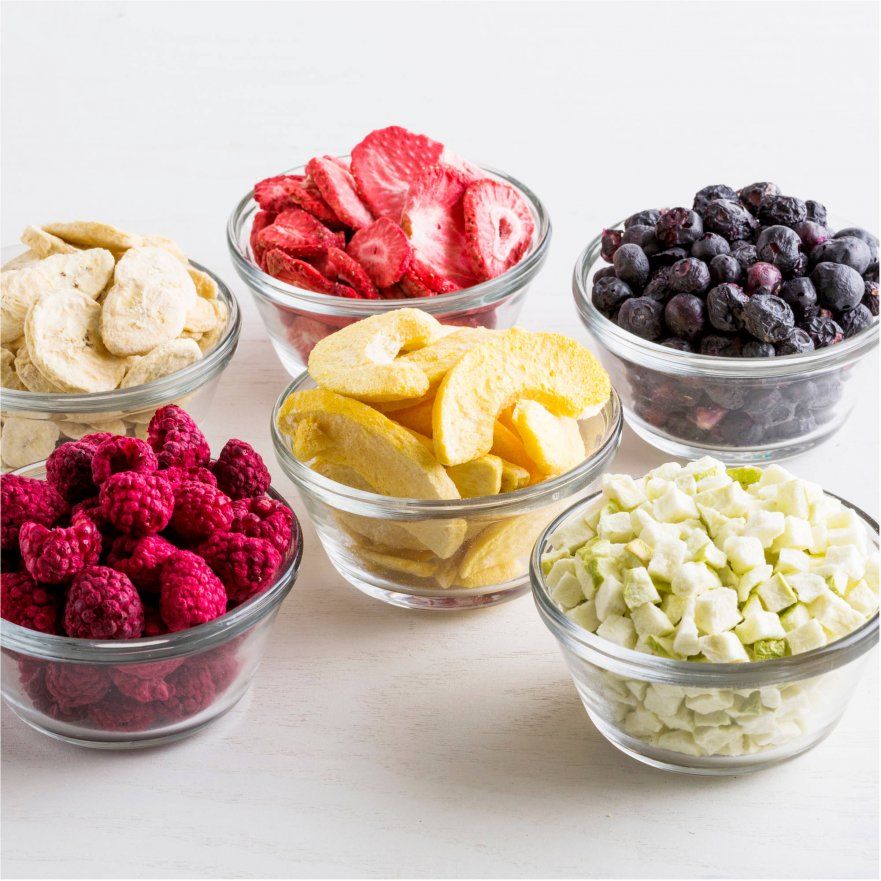 Eventually my son stopped eating pureed foods, but I still had a stash in the freezer that I didn’t want going to waste.
Eventually my son stopped eating pureed foods, but I still had a stash in the freezer that I didn’t want going to waste.
Freezing fruit in a way that saves space
To begin the process, all you have to do is to throw in your peeled and pitted fruits into a blender, puree, and pour into ice cube trays for freezing.
At first, I used the ice cube trays that I already had sitting around, and even used silicone muffin tins for freezing the purees into serving size amounts. They all worked well enough, but I was sick of all of the baby food taking over my entire freezer! I bagged up the food cubes in bags, but the irregular shape of the cubes didn’t help save any space in the freezer.
I was excited to find some perfectly cube-shaped ice cube trays!
Why was I so excited about it? They were exactly what I needed to be able to neatly store away all of my frozen purees!
With perfectly cube-shaped ice cubes, you can line your cubes up in a ziplock bag, and then throw a bunch of different bags together in your freezer drawer.
If you label them well, it is easy to flip through to get to the bag you are looking for. The bags line up perfectly, meaning no wasted space in your freezer!
You can easily flip through and find the bag of frozen fruit or frozen sauce that you need.What fruits can be frozen in this way?
I’ve tried freezing everything from bananas to avocados and mangos to cherries in this way. They’ve all turned out well. The only reason you wouldn’t want to freeze certain fruits is because many of them will change in texture when frozen.
Here, though, we are using purees that are intended to be eaten as such, or put into a smoothie to be further blended. I have never found a fruit that wasn’t fine when used in this way.
How long does this frozen fruit last in the freezer?
I usually try to use up all of the fruit within a year. That way, when the fruit comes in season again, I can make a new, big batch of frozen fruit cubes for that fruit. That said, I have found slightly older bags of frozen fruit, and have used them without any problems.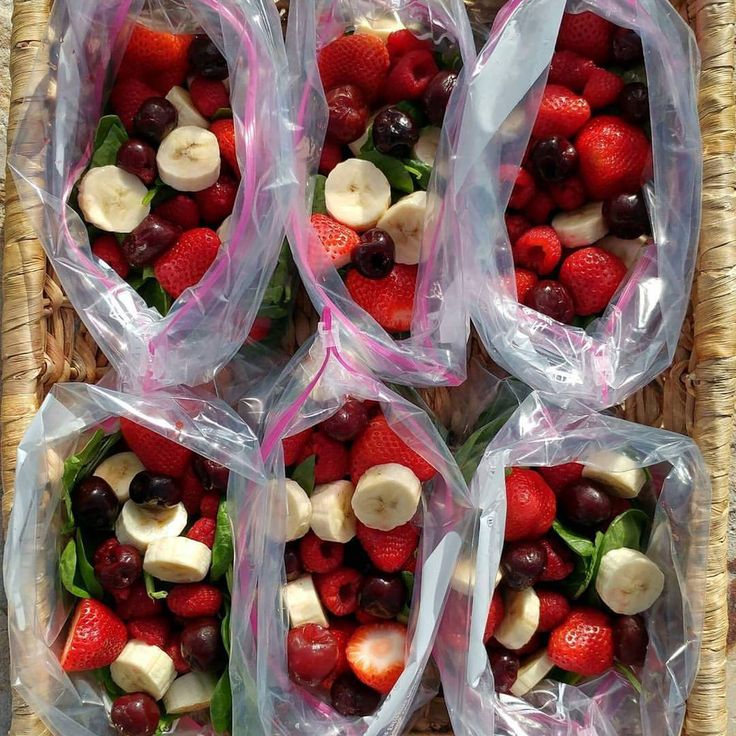 Because, again, we aren’t having to worry about the texture being off because this is a puree, as long as you keep the fruit consistently frozen, I don’t see why you can’t keep it up to 12-18 months.
Because, again, we aren’t having to worry about the texture being off because this is a puree, as long as you keep the fruit consistently frozen, I don’t see why you can’t keep it up to 12-18 months.
The only possible exception may be citrus fruits. I’ve often read that citrus fruits shouldn’t be frozen for as long as other fruits, but I’m not exactly sure why. I haven’t personally tried freezing citrus fruits for longer than 6 months, so I can’t vouch for the flavor.
Fruit Ice Cubes “Recipe”
Craving more?Subscribe to my newsletter for the latest recipes and tutorials!
- ▢ strawberries and other berries remove stem
- ▢ cantaloupe, and other melons remove seeds and rind
- ▢ mangoes and avocados remove seed and skin
- ▢ figs remove stem
- ▢ apples and pears remove, stem, seeds, and peel
- ▢ cherries, peaches, and other stone fruits remove stems and pits
- ▢ citrus fruits peel and remove seeds
- ▢ any other fruits… prepare as needed
Clean and prepare chosen fruits by removing any seeds and thicker skins.
 I have listed the fruits shown in the pictures above, along with some other examples, but you can freeze pretty much any fruit you choose.
I have listed the fruits shown in the pictures above, along with some other examples, but you can freeze pretty much any fruit you choose.For harder, larger fruits, cut the fruit into smaller pieces and throw them into your blender or a container suitable for using with an immersion blender. With a mango, you can use the side of the glass to help you peel it. 🙂
Puree the fruits with your immersion blender.
Pour the puree into ice cube trays. For thicker purees, like fig puree, you can use a spatula to help you press the fruit into the tray without leaving air spaces in the cubes.
Place the trays, unstacked, in the freezer. Allow the fruits to freeze solid, for several hours, before removing the cubes from the trays.
Remove the cubes from the trays and store them in ziplock type baggies in the freezer.
Course DIY Pantry Foods
Cuisine American
Other Diets Candida Diet, Dairy free, Gluten free, Paleo, Vegan
Tried this recipe? Tag me today!Mention @thethingswellmake or tag #thethingswellmake!
Making the perfect smoothie
1.
I usually just improvise and try different combinations each time, but if you’re looking for some ideas of what fruits combine well, I have compiled a list of over 100 healthy smoothie recipes to follow or inspire you.
These are some of my favorites…
Pineapple is good with banana and homemade coconut milk, for a tropical smoothie. Keep in mind that smoothies with pineapple or kiwi in them can get bitter if made with (regular) milk products, if you don’t drink them up right away.
Pumpkin puree is surprisingly good in smoothies, especially if you add some cinnamon, cloves, and allspice. It also combines really well with bananas
I usually peel, cut, and freeze browning bananas for smoothies, too, so that they don’t go to waste. Bananas are a great addition to smoothies because they make them smoother and sweeter.
2. Add a liquid of choice.
I usually use a homemade vegetable milk like almond milk or homemade coconut milk. Fruit juices, oven even just a splash of water, are also a great options, depending upon the type of smoothie you are making.
Fruit juices, oven even just a splash of water, are also a great options, depending upon the type of smoothie you are making.
For a dairy based smoothie, you can also add yogurt or kefir. And, of course, I like to make my own.
It’s easy to make milk kefir at home, or to make yogurt in your oven. (No, you don’t even need a yogurt maker!)
3. Add sweeteners, if desired.
I don’t usually add anything to sweeten the smoothies; I prefer using the fruit sweeten it naturally. Ripe bananas with brown spots on them are perfect for sweetening smoothies naturally.
If the smoothie turns out too sour, though, or not sweet enough, I sometimes add a tiny bit of raw honey or maple syrup to the mix.
4. Add protein and/or supplements if desired.
I used to use whey protein powder in my smoothies. Then, for awhile, I started adding raw eggs to increase the protein content of my smoothies. Raw eggs sound gross, especially to somebody like me who does’t tolerate eating eggs in very many ways. (I like them omelette style, but that’s about it. Nothing is more disgusting to me than a hard boiled egg!) In the end, though, you can hardly tell they are there.
(I like them omelette style, but that’s about it. Nothing is more disgusting to me than a hard boiled egg!) In the end, though, you can hardly tell they are there.
Better vegan protein options are now available like hemp or pea proteins. (In the past soy protein was really the only vegan option available.)
Smoothies are also a great place to add in collagen, healthy greens like spirulina or chlorella, or a multitude of other supplements you may be wanting to take.
5. Sneak in some veggies!
I often sneak veggies into my son’s smoothies! You can find the recipe for his favorite smoothie, the Popeye smoothie, here on the blog.
Spinach is a great ingredient to sneak into kids’ smoothies because it doesn’t change the flavor much, and it turns them into a beautiful shade of green! For that very reason, I use raw spinach to naturally color my shamrock shake and candida diet safe shamrock shake, basically a healthy minty smoothie, in March!
If you love foraging for your greens, why not try my foraged, stinging nettle smoothie? (No, it won’t sting you!)
6.
 Add ice cubes for thickening
Add ice cubes for thickeningIf you’re using fresh fruits, you’ll probably want to add some ice cubes to end up with a cold, thick, smoothie.
If you’re using your fruit ice cubes, though, you don’t really need to add more ice cubes to your smoothie unless you want to water it down somewhat.
Do you have to have ice cube trays like mine?
I’m happy to say you can find the Tovolo ice cube trays on Amazon. They measure out to be around an ounce a cube, which is good to know for when you are planning out baby food rations. There are other size trays available, but that is the size I find to be the most convenient.
Foods that store well in frozen cubes:
These are some of the frozen treats you can find in my freezer at any given moment. I’d love to hear what you freeze in this manner.
- Frozen fruit purees (obviously)
- Homemade pesto
- Homemade tomato sauce and homemade tomato paste
- Homemade coconut milk
- Homemade pumpkin puree
They are just too convenient!
Freezing Homemade Baby Food - Encyclopedia Baby Food
Levchuk Viktoria©
There are some important guidelines for freezing baby food to follow, they are outlined on this page, and there is even a diagram of the foods that can be frozen. We will show you how to freeze freshly made puree and store it. It will be interesting to read.
We will show you how to freeze freshly made puree and store it. It will be interesting to read.
Good to know!
- The remains of frozen baby food - what to do with them, we will find out in the article. nine0016
- Heading Frozen food - all about baby food cubes.
- New thinking on allergens
Easy to use site map Baby Food Encyclopedia with a list of all articles and recipes.
How long do you keep baby food in the refrigerator or freezer?
Contents:
- Freezer: 4-6 months (ideally used within 1 month or 3 months)
- Refrigerator (fruits/vegetables): 24 hours
- Refrigerator (meat, poultry, fish eggs): 24 hours
For optimal quality and nutrient retention, store frozen baby food cubes in the freezer for no more than 1-3 months .
Frozen baby food is safe to use if kept in the freezer for about 3-6 months without thawing again.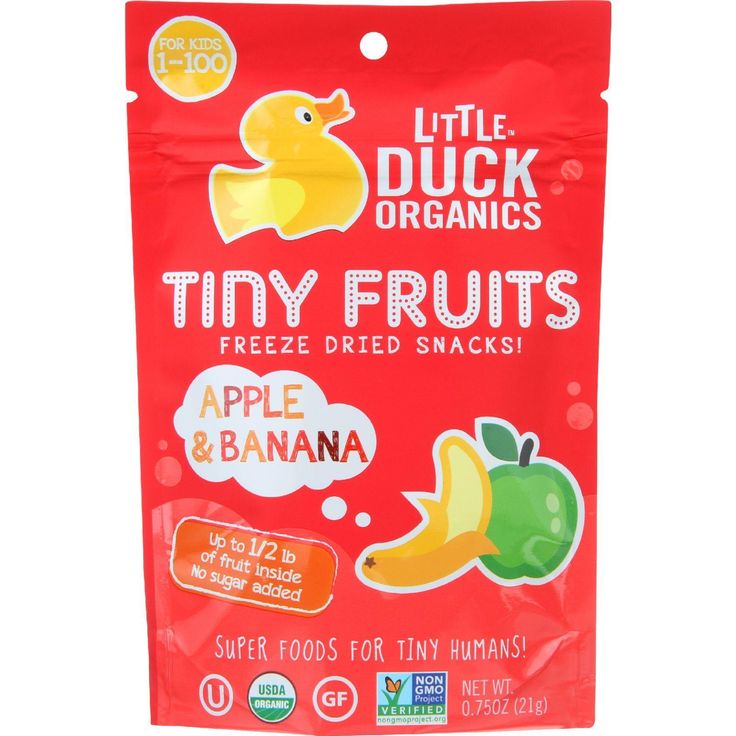 However, it is more reasonable to use them in the region of 1 month to 3 months inclusive. Due to the amount of water crystals that accumulate in baby puree, and the fact that nutrients and important substances can be leached/evaporated when thawed due to these same water crystals, it is wiser to use your frozen baby food whenever possible. - no more than 3 months of storage. However, it is best to use within the first month after freezing, we advise. nine0005
However, it is more reasonable to use them in the region of 1 month to 3 months inclusive. Due to the amount of water crystals that accumulate in baby puree, and the fact that nutrients and important substances can be leached/evaporated when thawed due to these same water crystals, it is wiser to use your frozen baby food whenever possible. - no more than 3 months of storage. However, it is best to use within the first month after freezing, we advise. nine0005
Most sources advise storing fruit and vegetables for 8 to 12 months in the freezer. This is mostly true of whole foods that are congealed in their natural state. This is also provided that the refrigerator compartment remains at a constant temperature below zero. Deep-freezing is best if you want to keep frozen food for a long time. However, it should be remembered that the instructions and recommendations for freezing food for long-term storage do not imply that the fruit or vegetable has been boiled and mashed. nine0005
How long can baby puree be kept in the refrigerator?
In the refrigerator, it is not recommended to store fresh pureed homemade baby food for more than 24 hours.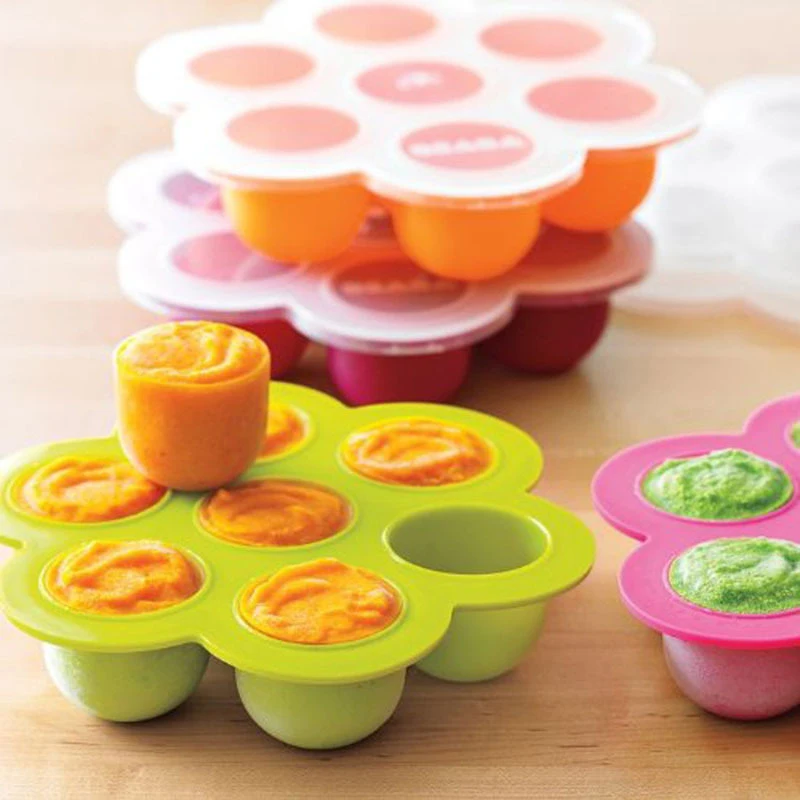 This limitation ensures that the growth of pathogens in the puree is kept to a minimum and that the food does not take on the “refrigerator flavor”. This "rule" applies to vegetables, fruits, meats, etc.
This limitation ensures that the growth of pathogens in the puree is kept to a minimum and that the food does not take on the “refrigerator flavor”. This "rule" applies to vegetables, fruits, meats, etc.
If you do not plan to freeze homemade baby food, then baby food for the baby is prepared every day if he is too small until 8-9months, or every other day, older than the specified age.
Why freeze baby food?
Save parent time, reduce food waste and ensure food safety.
For example, one potato was baked in the oven, and then half was mashed and the other half was frozen.
Frozen vegetables or fruits are safe in baby food
Fruits and vegetables can be frozen. Using frozen fruits and vegetables is the second best option after eating fresh. The quick freezing process (food is frozen at a very low temperature and very quickly) actually preserves the nutrients optimally. Cooking destroys more important nutrients than freezing food. Contrary to myth, freezing food (particularly fruits and vegetables) does not destroy 100% of minerals and vitamins. The freezing process, subject to storage conditions at a constant temperature of zero degrees, does not contribute to the complete loss of nutrients and important substances - if this is the case, then most of the population is malnourished, since in winter we eat a huge amount of frozen foods. nine0005
Contrary to myth, freezing food (particularly fruits and vegetables) does not destroy 100% of minerals and vitamins. The freezing process, subject to storage conditions at a constant temperature of zero degrees, does not contribute to the complete loss of nutrients and important substances - if this is the case, then most of the population is malnourished, since in winter we eat a huge amount of frozen foods. nine0005
Frozen vegetables not cooked at the time of packaging must be cooked before eating. Please remember to read the labels of frozen bags, as some brands of frozen vegetables may be pre-cooked.
One of the most frequently asked questions is "Can I use frozen fruits or vegetables for baby food and then freeze the puree?". Since there are no studies that show that repeated freezing is negative and / or can negatively affect health. The problem is that it is necessary to cook food from products that have been frozen once. But the reality is that a frozen product, going through all the stages from a fresh look to a frozen product in a refrigerator in a store, can survive several defrosting and freezing, as it was written earlier, it is through water crystals that nutrients leave. Therefore, purchased frozen vegetables and fruits must be carefully selected, and we would not recommend preparing baby food from them for subsequent freezing of baby puree. It is clear that sometimes parents have no choice and have to start complementary foods with purchased frozen food, so we carefully choose the packaging and the manufacturer, without holes, without pieces of ice. nine0005
Therefore, purchased frozen vegetables and fruits must be carefully selected, and we would not recommend preparing baby food from them for subsequent freezing of baby puree. It is clear that sometimes parents have no choice and have to start complementary foods with purchased frozen food, so we carefully choose the packaging and the manufacturer, without holes, without pieces of ice. nine0005
For example, from frozen vegetables (home-made or a good quality store-bought bag) that were raw when frozen, we cook a roast, we freeze the leftovers of the roast and use it for its intended purpose next time, but it is not worth freezing the roast after the last defrosting.
Why not refreeze
Do not refreeze thawed food, this is a correct statement. Re-freezing a defrosted product can affect the quality and taste (and possibly nutritional value) of the product, and when it is thawed, pathogenic bacteria may begin to multiply. It is always necessary to prepare defrosted food before re-freezing. The preparation of a thawed product then allows it to be re-frozen in a single cycle. Storing a bag of frozen fruits or vegetables makes food preparation a quick and easy solution. You do not need to defrost the whole package, just get the required amount of the product, and leave the rest in the freezer. nine0005
The preparation of a thawed product then allows it to be re-frozen in a single cycle. Storing a bag of frozen fruits or vegetables makes food preparation a quick and easy solution. You do not need to defrost the whole package, just get the required amount of the product, and leave the rest in the freezer. nine0005
The easiest way to freeze baby puree is to spoon it into an ice mold, cover with plastic wrap so that there is no air access.
Before using the ice molds, they must be thoroughly cleaned with soap and boiled water. Some parents even immerse their ice molds in boiling water for sanitization (Note: Make sure the sanitization is suitable for the molds before use.)
There are many benefits to storing your child's homemade food in an ice mold:
- Each cube is approximately the same size, which allows parents to determine the amount of food the child consumes.
- Minimal waste by using only 1 cube at a time and not having to waste a lot of food.

- Another advantage is that the ice molds are close at hand and you don't have to go out and buy them.
- The time spent in the kitchen is significantly reduced.
You can transfer baby puree cubes to freezer bags, freeing up molds for the next batch of food and also freeing up some freezer space. nine0005
Do not forget about the labeling of packages with cubes of baby puree, write the date of freezing and the type of puree. This will help you quickly remove the cube from the package, as well as monitor their expiration date.
Ice crystals on baby food cubes
Don't worry if ice crystals are visible on baby food cubes. It's not frostbite, but excess liquid used in mashing that rises and solidifies at the top of the cubes. These crystals or frost are not dangerous and will not make baby puree cubes inedible or harmful. nine0005
Frostbite - what is it and how to determine it?
Frostbite looks like greyish brown spots on frozen food. It looks like a leathery type of texture and is easily noticeable. Crystals on frozen foods are not frostbite, but are the result of excess liquid during the freezing process and the formation of ice crystals.
It looks like a leathery type of texture and is easily noticeable. Crystals on frozen foods are not frostbite, but are the result of excess liquid during the freezing process and the formation of ice crystals.
Frostbite does not make frozen foods bad or harmful; it just makes the affected areas very dry. The only thing that can suffer in food that is frostbitten is the quality. You can cut off frostbitten areas and use the undamaged area of food. Frostbite is the result of excess air in a frozen bag that sinks onto food. Eliminate air pockets in bags to help stop frostbite. nine0005
Can glass baby food freezer jars or baby food jars like Frutonyanya or Gerber be used? and also such banks are prone to rupture. Baby food jars are not manufactured for freezing or extreme heating. There are glass jars for freezing food in them, but they can be hard to find. Many people freeze in baby food jars, but I'm not a fan of this at all. After all, food is made for the baby because we want to give him the best healthy food; Do you really want to take the risk and freeze baby food in glass jars? nine0005
There are certain plastic jars that are specially made to withstand high temperatures and/or freezing. Therefore, it is best to use plastic containers or ordinary thick plastic bags, convenient and simple. There are also special freezer bags with a zip clip - an interesting option.
Therefore, it is best to use plastic containers or ordinary thick plastic bags, convenient and simple. There are also special freezer bags with a zip clip - an interesting option.
Can previously frozen breast milk or formula be used to make vegetable or fruit purees?
Do not use previously frozen breast milk to prepare puree to freeze later this baby food.
Breast milk must never be refrozen in any shape or form.
Milk formula
You can freeze puree to which thawed milk formula has been added. However, formula should not be frozen in bottles or cans. It is impossible to add the mixture to the previously frozen mixture and freeze it. If frozen milk formula is used for mashing, then it is necessary to freeze it at a time without defrosting. Freezing milk formula causes separation of fats and liquids, and the texture suffers accordingly. Although there is no health risk, the same happens with breast milk and cow's milk, the texture and quality suffer a little. However, it is best to prepare the milk formula before putting it in the baby puree and only then freeze the puree. This will be more useful and efficient. nine0005
However, it is best to prepare the milk formula before putting it in the baby puree and only then freeze the puree. This will be more useful and efficient. nine0005
Some formula manufacturers say that freezing any formula is not recommended, as the process can alter physical properties such as fat separation, which can be difficult for sensitive babies to digest. Freezing does not affect the quality or food sterility, however it will not prolong the shelf life of formula. Freezing may result in the loss of the desired appearance and functionality and is therefore not recommended. nine0003
It may be easier to freeze puree without adding any additional liquids. Since, when defrosted, they are most often liquid, so you have to add oatmeal or rice flakes.
How to freeze baby food - Encyclopedia Baby food
Levchuk Victoria© Knowing how to freeze baby food, you can cook and store whole batches of homemade food for a child, because this is a real find for busy parents.
Contents:
There are several ways to freeze baby food - they all work equally well - but may take up different amounts of freezer space.
By all means …
… homemade baby food must be prepared and then cooled as quickly as possible to prevent bacterial growth. Any food left at room temperature for more than two hours is not safe for a child to consume and should be thrown away. nine0005
To cool cooked food quickly, you can try putting it in a shallow container - you can even dip the container in a pot of cold water to help speed up the process.
How to Freeze Baby Food Method 1
Thoroughly clean the ice cube tray and the spoon that will be used to fill each section. The ice maker with a resealable lid is ideal as it protects food from frostbite or picking up any odors from the freezer. If there is no mold with a lid, you can cover with food-safe plastic wrap. Some people use foil, although we don't recommend it as some of the foil will remain in the food! nine0005
Place the filled ice cube tray in the freezer, and - once completely frozen - place them in ZIP bags that take up less space in the freezer.
This method produces small portions of baby food that are ideally sized - typically around 30 grams or so. One cube per meal may be enough for a child to start with, but as they grow, you may need to increase the number of cubes at a time or increase the ice cube tray.
You can also make many different flavors of baby food by mixing and matching different fruit and vegetable cubes, for example, the combination of cubed apple puree with cubed carrot puree, delicious! nine0005
Which ice mold should I choose?
Some ice cube trays are specifically made for baby food and do not contain potentially hazardous chemicals - but you can use a regular ice cube tray, or you might be advised to try a silicone mold, or even stainless steel trays, although the regular plastic version will do. if there is confidence in the quality of the workmanship.
How to freeze baby food - Method 2
Same as method 1, since the process of freezing baby food is the same, only silicone muffin molds are used instead of an ice mold! Their flexibility makes it easy to remove food portions - plus, of course, their use is beneficial when the baby starts to eat more baby food!
How to Freeze Baby Food - Method 3
If no suitable freezer containers are available for baby food, baking paper can be used (although a little more freezer space will be needed initially).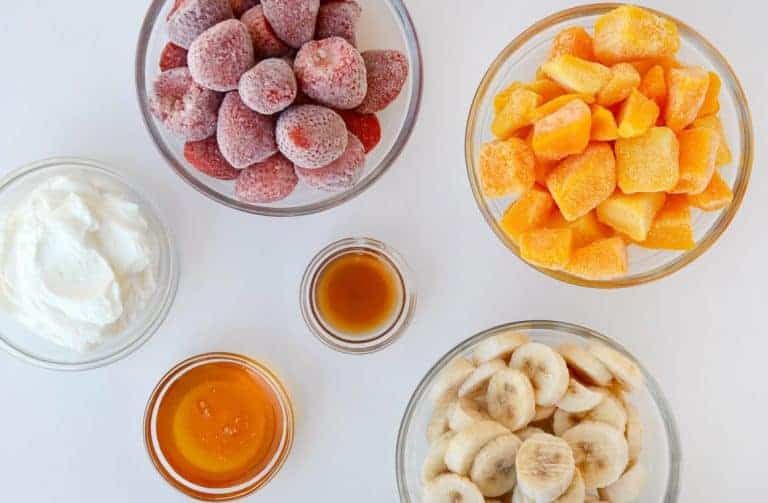 nine0005
nine0005
Simply spoon the cooked baby puree onto the baking sheet to form small mounds (though note that this will not work if the puree is too thin). We cover the baking paper with cling film, freeze, and then mix the servings of food into bags, as before.
How to Freeze Baby Food - Method 4
Another good way to freeze homemade baby food is to put the puree into freezer glass jars and place them in the freezer. nine0005
However, please note that you should never freeze baby food in glass jars unless the jar manufacturer has specifically stated that freezing is safe and possible.
Jars that are freezer safe must be properly labeled and distinguished from other tins (including commercial baby food tins) that are not strong enough to withstand the expansion of food that occurs during the freezing process. nine0005
This means that the jar may burst or, even worse, there may be small microcracks that cannot be seen with the eyes, but which will allow tiny pieces of glass to get into the baby's food.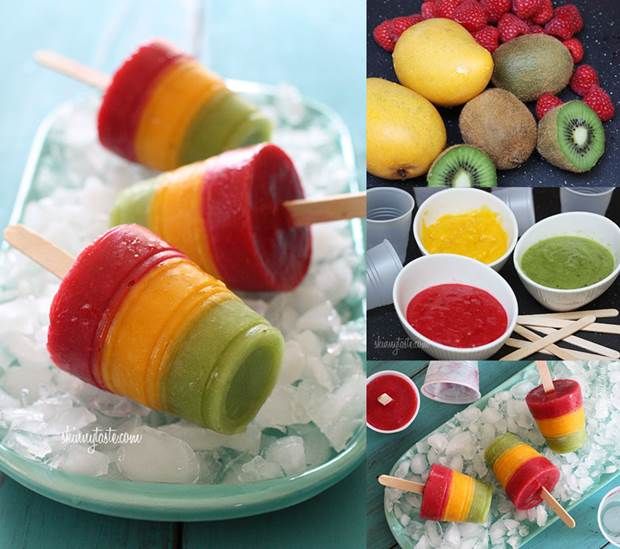
How to Freeze Baby Food Method 5
Probably the most popular way to freeze homemade baby food is to use freezer trays or jars for baby food, there are so many options to choose from! nine0005
Manufacturers, recognizing the growing trend of parents to freeze baby puree, offer special forms of baby food that make life easier, well, because there is a lid! What's more, these molds are free of potentially harmful chemicals, which is something some plastic trays for general consumption are guilty of.
Tracking the finished product
Most types of baby food - especially puree - freeze perfectly. Sometimes you will have to experiment with texture, since the freezing process itself consists in the fact that the water in the product expands when it freezes, destroying the cell walls. This is especially noticeable when the whole food is frozen, for example a frozen banana will be very soft when thawed. nine0005
To reduce the hassle of freezing baby food here are some helpful tips.
 ..
.. - Do not puree too thin before freezing. Keep in mind that many foods become watery when thawed (especially fruits and vegetables), adding extra liquid before freezing will then add too much cereal to thicken!
- Herbs and spices tend to lose their flavor in the freezer. If a baby food recipe calls for them, it is best to add them after after the food is defrosted, just before heating.
- Baked foods - like homemade nuggets or fish fingers - are best frozen when almost cooked but not fully done. This is because the structure of the food when frozen and thawed can behave negatively.
— When freezing yogurt, remember that it may be too thin when defrosted. Sometimes stirring it well is enough to solve this problem - but in some cases, the resulting yogurt is too thin to eat with a spoon, so such yogurt can be used in a smoothie! nine0005
- A good result is obtained from freezing rice and oatmeal, which is good if the morning is like a nightmare and there is no time to organize a full breakfast. Only cereals should not be made too thin before they are frozen .
Only cereals should not be made too thin before they are frozen .
- Many fruits - especially apples and pears - can look very brown when frozen and thawed. This discoloration is a natural and harmless result of the fruit being exposed to air, but if it's a concern, mixing lemon juice and fruit puree before freezing can solve the problem. Please note that citrus fruits can cause an allergic reaction in babies, so you can use it with a changed color! nine0005
- If you want to make your own stock of vegetable or meat broth, which is convenient, you just need to prepare a large batch at a time and freeze. It's worth trying freezing in ice cube trays or baby food trays, as discussed above - then the ideal size of small portions will be in the freezer to use as needed.
- If baby food has been frostbitten, fortunately food safety is not affected - just thaw and then cut or spoon away the affected areas. nine0005
How to defrost baby food
The safest and easiest way to defrost baby food is to put it in the refrigerator overnight before feeding.

